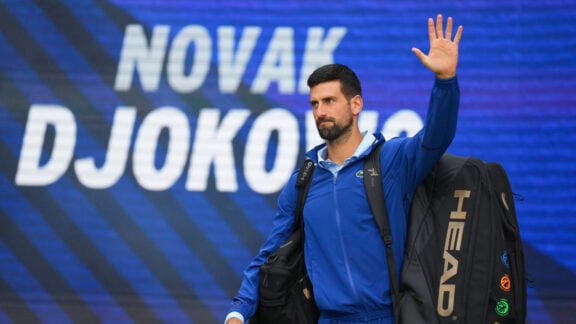Car makers are increasingly utilising advanced technology to satisfy the needs of future motorists by showcasing their gadgets at the world’s biggest gadget expo, the Consumer Electronics Show in Las Vegas.
Audi’s new supercomputer, dubbed the zFas, has the power to handle more than 2.5 billion inputs per second from a series of cameras, radars and sensors that can read the road ahead. The processor is the size of an iPad, situated in the boot of an A7 that drives itself anywhere anytime. BMW has taken autonomous driving even further by utilising the latest guided-missile satellite technology to drive a car around a racetrack, inclusive of burnouts and drifts, all without any driver input.
In its next top-of-the-range A8 due in 2016, Audi plans to introduce an autopilot function in traffic jams, while BMW claims it will have autonomous driven cars on the road by 2019 – but traffic legislation will have to change world-wide first to embrace the technological breakthroughs.
Google’s Android operating system is taking on Apple and Microsoft by collaborating with leading car makers in Europe and the USA to create the Open Automotive Alliance, encouraging the adaptation of its Android operating system in next-generation vehicles.
Hyundai will debut its Intelligent Assistant Application in the new Genesis luxury sedan, where users link their smart-phone calendar to the car, which can access weather and traffic data before calculating when the vehicle needs to remotely start to warm or cool the cabin before starting a pre-programmed journey.
Volvo has a similar innovative system with the added advantage of a unique park and pay function, where the car can locate the nearest vacant parking spaces and access your banking details to automatically pay for it.
Some Asian car manufacturers previewed tablet-style portable devices that can mimic an iPad when outside the vehicle, but become the car’s satellite navigation and central media system when in the cockpit by acting as a multi-media storage device, inclusive of a camera, Skype calls and also powering an 18 inch heads-up display screen.
Not to be outdone, European car-maker Mercedes-Benz previewed a tie-up application for its smart watch, which combines the infotainment and navigation functions into a high-res digital instrument cluster displaying the speedometer and tacho with large conventional dials, but in the latter, the gauges are reduced to smaller scale images in each corner of the screen to facilitate the navigation, telemetry, or multi-media functions in its luxury vehicles.
Advertisement
Cutting edge automotive technology
Traffic legislation will have to change world-wide






